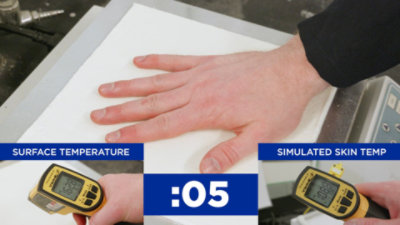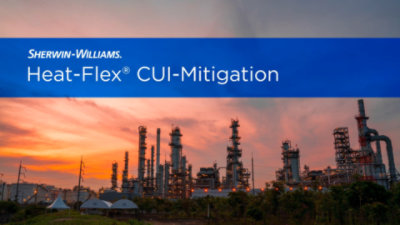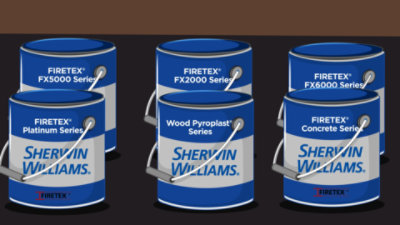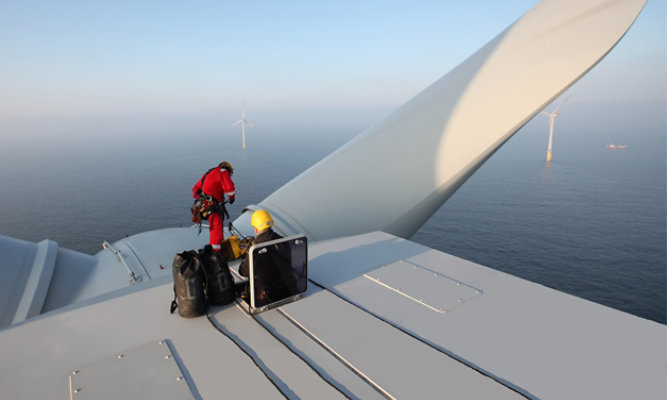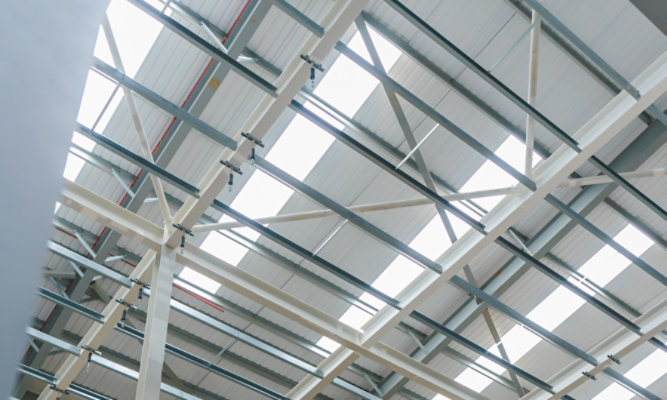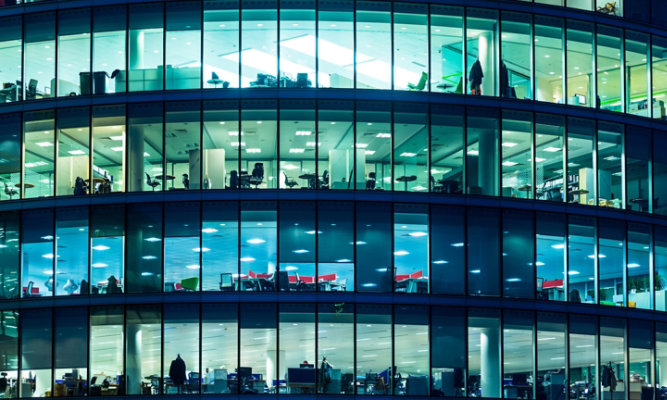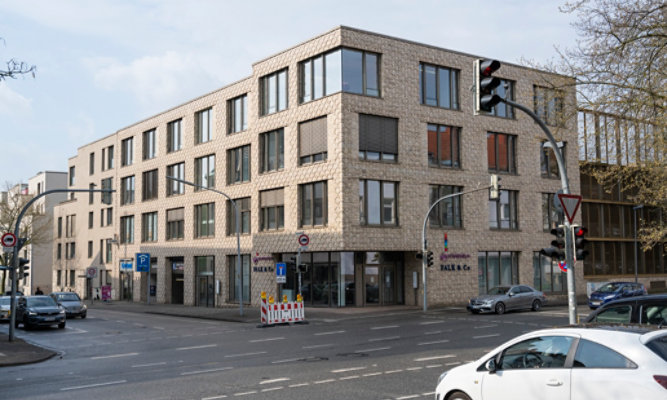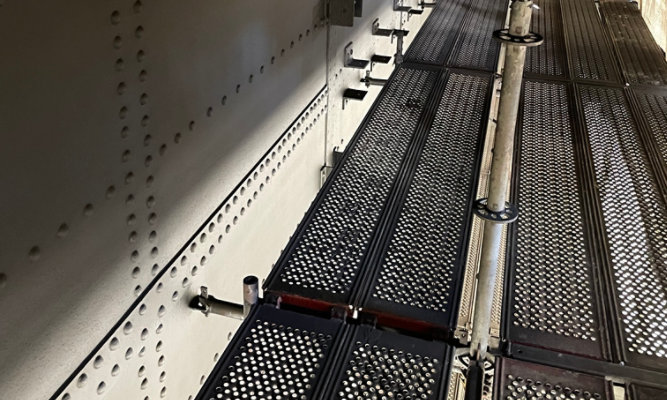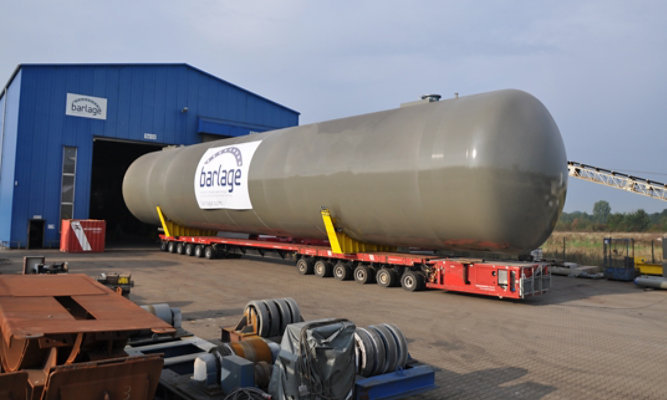
Corrosion Protection Coatings
We offer the industry's most comprehensive line of structural steel coatings to prevent corrosion, meeting ISO12944 standards. The anti-corrosion paint we offer including includes primers, intermediate coats and topcoats. Our versatile formulations feature zincs, epoxies, urethanes, polyaspartics and polysiloxanes designed for long-term asset protection, accelerated shop throughput and fast field project turnarounds.
Contact Our Corrosion Coatings Experts for a Free Site Evaluation
Anti-corrosion coatings for steel structures
Steel is a versatile material that’s critical to modern infrastructure and architectural projects. However, insufficient corrosion protection of steel structures can lead to costly problems and potentially serious consequences. Oxygen and moisture react with structural steel resulting in rust formation that not only degrades the structure’s visual appearance but can also reduce the structure’s strength and cause safety concerns. Environmental factors, such as mechanical abrasion from seawater, combined with high levels of humidity and salinity can cause structures to corrode at an even faster rate. In extreme circumstances, corrosion can lead to a steel structure requiring expensive total refurbishment or even decommissioning.
Sherwin-Williams has developed a range of high performance coatings to protect steel structures from a wide range of corrosion threats that meet or surpass ISO12944 standards. All of our products and systems come with the support of our experienced corrosion protection experts who deliver an exceptional level of service including project-specific advice and recommendations.
The selection of the optimal coating system in terms of technical and economic factors takes time and effort. Learn more about our products and systems in our brochure and don`t hesitate to contact us.


Using ISO12944-2 Corrosivity Categories to find the right coatings solution
Since 1998, the international standard ISO12944 has been used to regulate corrosion protection solutions for structural steel. The standard was most recently updated in 2018 to increase requirements in line with the latest corrosion protection research. The latest revision to ISO12944 consists of nine parts that cover the following areas in detail:
- Basics and environmental influences
- Surface evaluation and preparation
- Conception of initial protection and refurbishment
- Laboratory testing of coating systems
- Execution and supervision of works
When selecting a coatings system to protect a steel structure from corrosion, it’s important to consider the asset’s environmental conditions as well as its expected service life.

ISO129444 Corrosivity Categories explained
Different environments bring different corrosion protection challenges. ISO12944 defines six corrosivity categories ranging from C1 Very Low to CX Extreme. Accurate assessment of an asset’s environment is critical to choosing the most appropriate coatings system. Corrosion protection experts at Sherwin-Williams draw upon decades of experience to help you assess the corrosion risks to your asset and specify the most optimal coatings solution.
The table below gives some examples of typical environments and the different corrosivity categories they belong to:
| Corrosivity Category | Typical Environments - Indoors | Typical Environments - Outdoors |
|---|---|---|
| Corrosivity Category C1 - very low corrosivity | Typical Environments - Indoors Heated buildings with neutral atmosphere | Typical Environments - Outdoors n/a |
| Corrosivity Category C2 - low | Typical Environments - Indoors Unheated buildings with risk of condensation | Typical Environments - Outdoors Atmospheres with slight contamination |
| Corrosivity Category C3 - moderate | Typical Environments - Indoors Production rooms with high humidity |
Typical Environments - Outdoors
Urban and industrial atmospheres |
| Corrosivity Category C4 - high | Typical Environments - Indoors Chemical plants, swimming pools | Typical Environments - Outdoors Industrial areas and coastal areas with moderate salinity |
| Corrosivity Category C5 - very high | Typical Environments - Indoors Buildings with constant condensation | Typical Environments - Outdoors Industrial areas with high humidity and aggressive atmosphere as well as coastal areas |
| Corrosivity Category CX - extreme | Typical Environments - Indoors Industrial sectors with extreme humidity | Typical Environments - Outdoors Offshore areas with high salinity, industrial areas with extreme humidity and tropical atmosphere |
How long can a coating protect an asset from corrosion?
Thanks to years of research, development and innovation it is now possible to provide coating systems across almost all atmospheric loads that exceed 25 years’ duration before requiring maintenance. Depending on the intended service life of the asset or the required maintenance interval, a lower durability coating may provide the most economical solution.
The table below outlines the different durability ranges and gives an estimate of the period of time that can be achieved:
Durability Range |
Abbreviation |
Period of time |
|---|---|---|
|
Durability Range Low |
Abbreviation L |
Period of time Up to 7 years |
|
Durability Range Medium |
Abbreviation M |
Period of time 7 – 15 years |
|
Durability Range High |
Abbreviation H |
Period of time 15 – 25 years |
|
Durability Range Very High |
Abbreviation VH |
Period of time More than 25 years |
These durability ranges are not warranty periods, however, they can help you plan maintenance intervals for repair or refurbishment.
Expand your buildings lifespan with a maintenance plan
Ensuring the longevity and value of your building requires more than just durable, high-performance coatings. A proactive maintenance plan is crucial. It not only preserves your investment but also minimizes costs, disruptions, and downtime during maintenance activities.
Sherwin-Williams is your ideal partner for all maintenance needs. With unmatched technical service and a comprehensive range of high performance products, we support you at every stage of your maintenance project.
Learn more about coatings solutions when it comes to maintenance in our new brochure.


Contact us today!
Learn about how our anti-corrosion coatings can protect your next project.

Discover More
Industry Expertise and Innovation
Explore customised solutions we deliver for customers to address their project and application challenges.
Technical Service
We're here to ensure your entire project is running smoothly and efficiently.
LEARN MOREProduct Lookup
Find out more about our innovative coatings for a variety of industries.
FIND A PRODUCT













